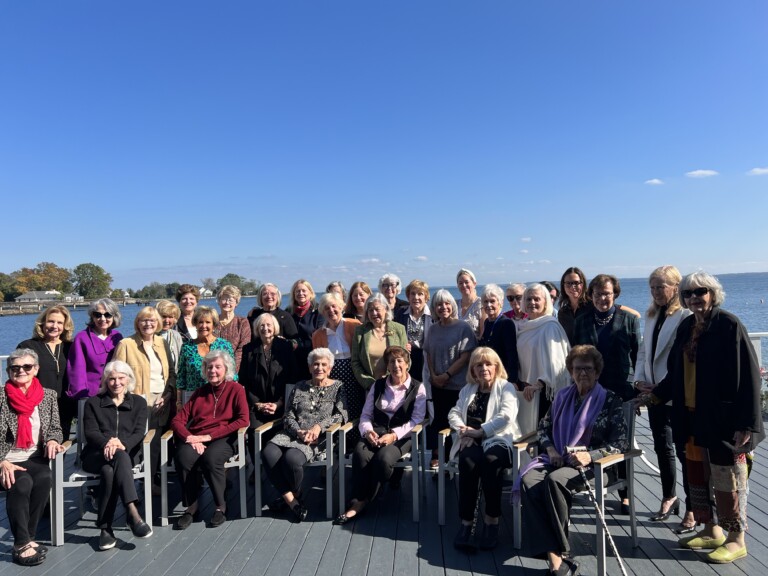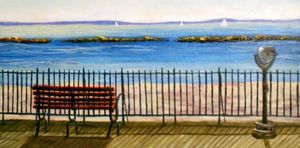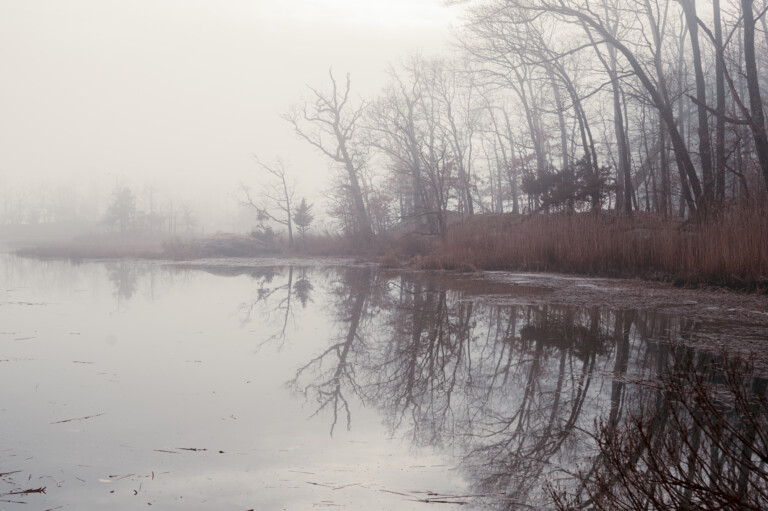Honoring Service: Fallen Veteran Raymond G. Scherff, WWII
Our reporting on local veterans is a collaboration with RyeVets.org to highlight those from Rye who have served our country across times of war and peace. There are over 2,100 veterans from the City of Rye. Learn more about how you can help research and write biographies of those that have served.

Raymond G. Scherff was born on August 23, 1916, and he was the only child of Bessie and George Henry Scherff. His father, Mr. Scherff, worked as a Consolidated-Edison inventory engineer, and their family resided at 477 Midland Avenue. for many years. In Rye, Raymond was well-known as the friendly lifeguard at Playland during his college summers. He graduated from Clarkson College in Potsdam, New York, in 1939, earning a degree in chemical engineering. Raymond served as an officer in the U.S. Army Air Corps during World War II.
Date of Birth: 8/23/1916
Died On: 3/1/1943
Street Address: Midland Avenue
Service Number: 0-430623
Branch of Service: U.S. Army Air Corps – 9th Bomb Squadron, 7th Group, 10th Air Force
Raymond enlisted in the Air Corps in early 1940. Following his graduation from Shreveport Field in Louisiana, he was assigned to the 10th Air Force, 7th Bombardment Group, and 9th Bomb Group, and he departed for Australia. During this time, members of the 9th Bomb Group joined forces with the 29th Bomb Group as gunners and pilots on A-24s. After this merger, they received secret orders to assist the 19th Bomb Group in the defense of Java, where they played a significant role in repelling the enemy and facilitating the evacuation of U.S. personnel from Java. They returned to Australia in February, and the Group prepared to relocate to a new secret station. On March 12, 1942, they arrived in Karachi, India.
On June 29th, Lieutenant Raymond Scherff, along with combat crews and ground personnel from the 9th Bomb Squadron, departed from India for the Middle East to repel the Nazis, who were attempting an offensive against the newly invaded U.S. forces. He took part in the push against the Rommel forces, serving as a flight leader and pilot of a Flying Fortress named “The Miraculous.” This aircraft was named after his Scotty, the group’s mascot, which always accompanied Lieutenant Scherff, even during combat.
After returning to India from the Mediterranean sector, Raymond became the engineering officer of a squadron. His responsibilities included testing all new and repaired aircraft after battle.
On April 3, 1942, Lieutenant Scherff served as the co-pilot on B-17E #41-2491 during a bombing mission against Rangoon. On the return journey, they encountered navigation problems and ran low on fuel. Consequently, the pilot ordered the rest of the crew to bail out, while he and Lieutenant Scherff managed to make a belly landing on a beach east of Calcutta. After repairs, the plane was successfully flown off the beach, and the entire crew returned to base safely.
Although Lieutenant Scherff had narrowly escaped numerous incidents, he ultimately died in an accident. He had been shot down several times, and he suffered injuries resulting in both a broken back and neck. He had received eight citations for distinguished service. On March 1, 1943, Raymond’s fatal accident occurred, not in combat but while he and a member of his crew were flying in a small training plane to make arrangements for a leave in the United States. He was buried with full honors in a British military cemetery in Calcutta.
First Lieutenant Raymond Scherff was posthumously awarded the Distinguished Flying Medal. His parents were living in Flushing, Long Island at the time and adopted a young daughter after Raymond’s passing. In 1948, Raymond’s remains were brought back to the United States, and he was laid to rest at Ferncliff Cemetery in Ardsley, New York. More on Scherff.






